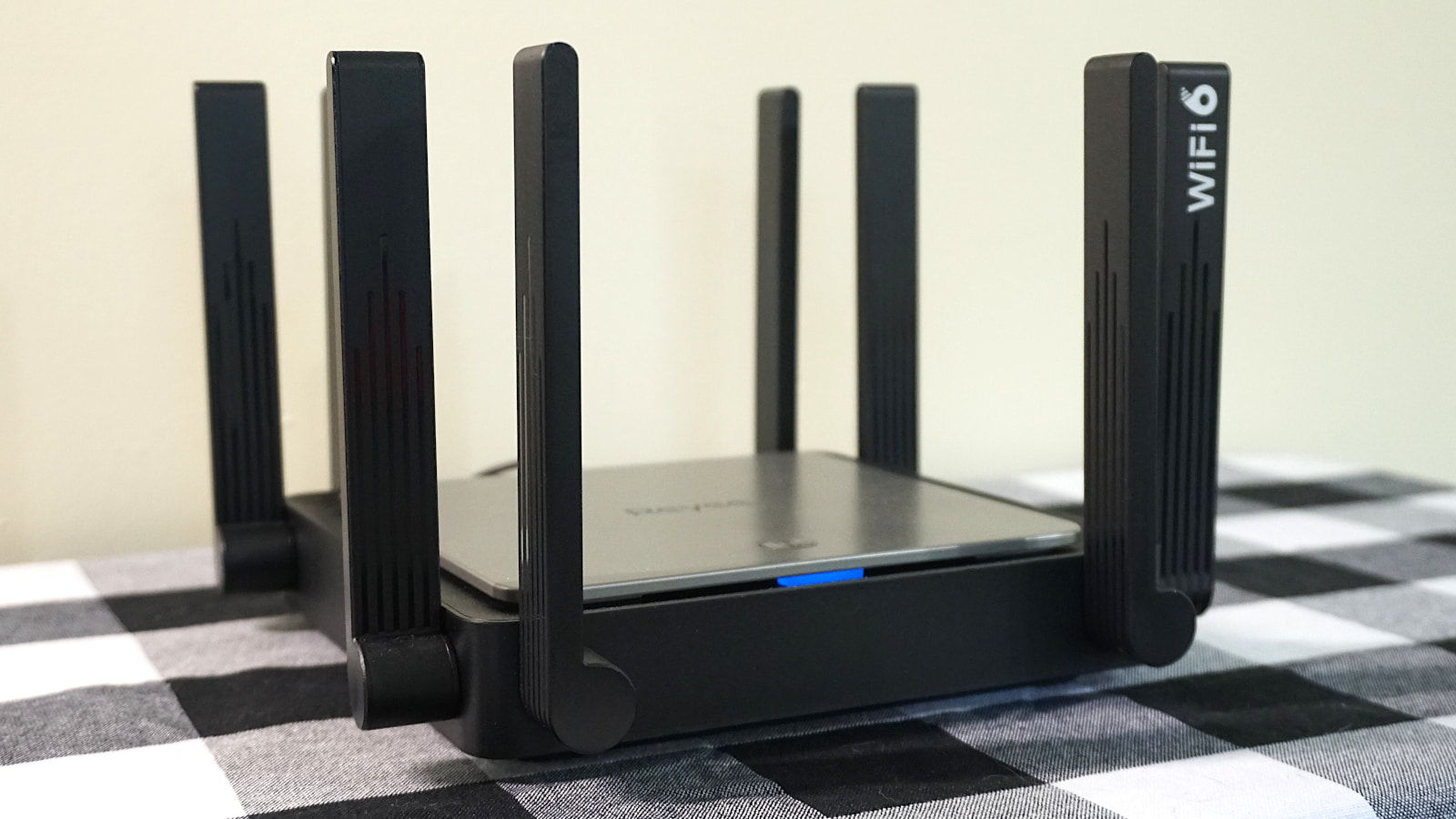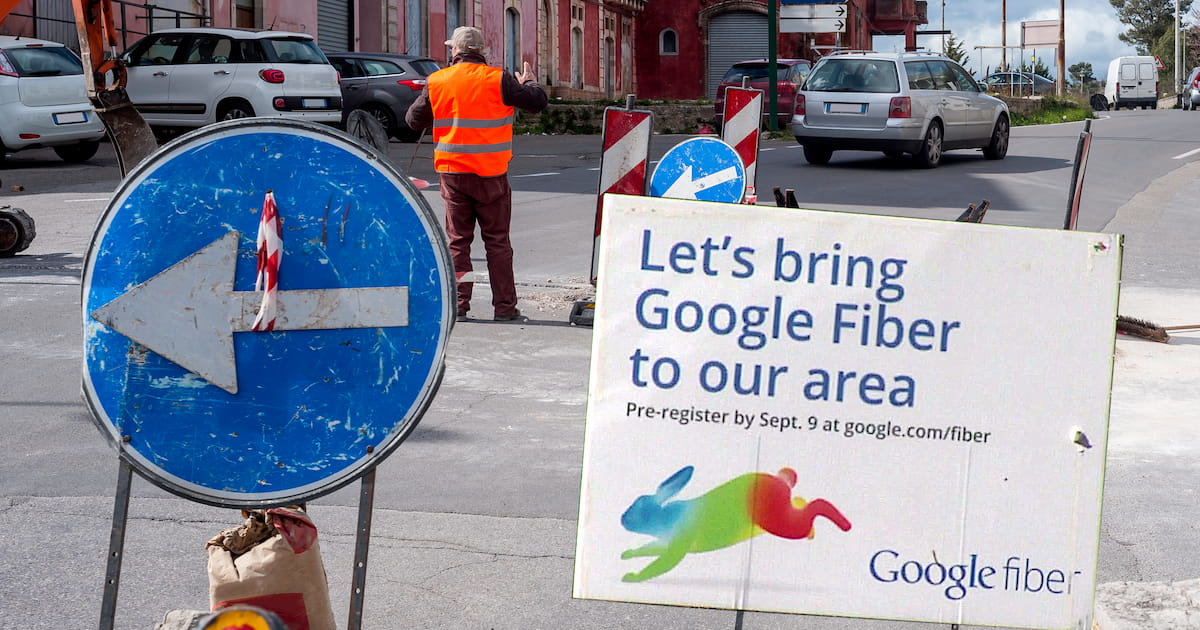What Is a Good Download and Upload Speed?
Jun 29, 2023 | Share
FAQ, Internet Speed Guides

Nearly every internet service provider (ISP) offers multiple plans, each offering different download and upload speeds. If you’re in the market for a new internet service, which one should you pick? Do you always pick the fastest you can afford?
Residential internet speeds have increased rapidly over the last few years, so for many people, top-tier internet plans offer more speed than they could possibly use. But what’s a good download and upload speed for you? You don’t want to pick a plan that’s faster than what you need, so we’ll break down the details so you can pick the plan that’s right for you.
Test and track your internet speed on your phone
Download our free, easy-to-use speed test app for quick and reliable results.
How much internet speed are you actually getting?
Take a speed test to find out how fast your download and upload speeds really are. Use the results to help guide your search for your next internet plan.
What is a good download speed?
A good rule of thumb for how much internet download speed you need is 10Mbps per person. Of course, what a good download speed is for you heavily depends on what you do online and how many devices are on your home network. For basic web surfing or email, 10Mbps is enough to give you a seamless online experience.
Video streaming services like Netflix and Hulu, on the other hand, are some of the most bandwidth-intensive activities that people engage in. If you have several TVs streaming movies along with iPads streaming YouTube, you’re going to want a download speed that can do some heavy lifting if you want to avoid the wrath that buffering brings.
What is a good upload speed?
For the average internet user, a good upload speed to shoot for is 5Mbps. Asymmetric DSL (ADSL) usually has speeds up to 1.5Mbps, while cable internet can have upload speeds from 5Mbps to 50Mbps.
For basic online activities like surfing the web and checking email, even ADSL’s 1.5Mbps is more than enough for a smooth internet experience. Upload speed becomes much more important if you want to use video chat, upload high-resolution images, or livestream video from your home.
If you use your home network for work, school, or streaming on a regular basis, ADSL’s low upload speeds are definitely going to be a problem. At the very minimum, you’re going to want to find a cable provider that has upload speeds on the high end, between 25Mbps and 50Mbps.
An even better solution for those who rely on uploading is fiber, as long as it’s available in your area. Fiber-optic networks have symmetrical upload speeds, which means if you have a 1Gbps (1,000Mbps) connection, you have 1Gbps upload and 1Gbps download speeds. Fiber is also the most reliable type of connection, making your livestream much less likely to have issues—even if you stream at peak-use times.
While it’s tempting to dismiss upload bandwidth as something needed only by businesses and content creators, it’s worth noting that upload traffic increased dramatically after the COVID-19 outbreak as people had to figure out new ways to live their lives at a distance.1 For many households trying to keep up with work, school, and social connections, upload speed suddenly became the bottleneck.
New internet providers have arrived
The internet is changing quickly with new technologies like 5G home internet and high-speed satellite broadband. There’s a good chance you have access to some new ISPs—enter your zip code to find out.
What is a good Wi-Fi speed?
Many Wi-Fi routers boast incredibly high speeds due to having dual-band or tri-band technology, which essentially allows them to broadcast multiple Wi-Fi networks at the same time. This can be really important if you have a lot of devices on your home network. Multiple signal bands, along with other features like beamforming, MU-MIMO (multi-user, multiple input, multiple output), and other Wi-Fi 6 technologies, can allow your devices to take maximum advantage of your high-speed internet connection.
For more information on how to get the most out of your Wi-Fi network, check out our look at the fastest gigabit routers and the fastest gigabit modems currently on the market.
What’s a good speed for my connection type?
| Connection type | Advertised download speeds | Advertised upload speeds |
|---|---|---|
| DSL | 3–145Mbps | 1–20Mbps |
| Cable | 25–1,000Mbps | 1–50Mbps |
| Fixed wireless | 25–300Mbps | 1–50Mbps |
| 4G LTE home | 9–60Mbps | 1–30Mbps |
| Fiber | 30–5,000Mbps | 30–5,000Mbps |
| Satellite | 12–350Mbps | 3Mbps |
Based on advertised speeds. Data as of 6/29/29.
Providers offer different speeds at different price points, but these speeds also depend upon the constraints of the internet technology they’re using. For example, if you regularly make YouTube videos and want to upgrade your internet so you don’t have to wait so long when uploading them, you’re not going to be able to cut down your wait times by much with your current provider if they only offer DSL. On the other hand, even the slowest fiber plans offer higher upload speeds than DSL, so you might even be able to save money on your monthly bill by switching.
It’s important to note that speed isn’t the only thing that you’re paying for with an internet plan. Some plans charge more for higher monthly data caps, while others charge extra to avoid long-term contracts. Speed is an important factor in choosing an internet plan, but it’s not the only one.
What is download speed?
Download speeds determine how fast information can travel from the internet to your home. Whether you’re pulling up a website, watching Netflix, or updating your OS, all that information is coming from a server somewhere and traveling across your connection into your house. For most every activity you do on the internet, download speed is going to be the most important factor.
Download speed is also referred to as bandwidth, or the amount of data transmitted over a connection over a certain amount of time. You can think of downloading data like filling a swimming pool with a hose. A bigger hose allows more water to flow through it, and the pool fills more quickly. Likewise, a connection with more bandwidth will download files much more quickly.
Most of the time when people talk about internet speed, they’re talking about download speed or bandwidth. This is also the speed that providers generally refer to with their advertised speeds.
Pro Tip:
Faster download speeds are great, but faster speeds mean more data traveling through your connection. Be aware if your provider has data caps, as a faster connection means you will hit those limits sooner.
What is upload speed?
Upload speeds are used when you want to send information from your device to another location on the internet. Although we don’t think about it as much as we think about downloading information, we upload information all the time. We use our upload speed when we want to post a video to Facebook, or send a picture from our phone to a friend. We also use it every time we click on a link or type a search term into Google. That information has to travel from our browser to the appropriate server in order to tell it which information it needs to send us. Uploading is an essential part of using the internet.
We all use upload speed, but some people rely on it heavily. If you’re a content creator that works with video, audio, or other media with large file sizes, slow upload speeds could mean waiting for hours to post your content online or store it on a cloud-based server. If you livestream video or use video chat like Zoom or Skype, you won’t even be able to connect if your bandwidth is too low.
Most ISPs advertise only download speeds, so you might not even realize that upload speeds are a separate thing. Download speeds are also generally the faster of the two speeds, so most advertisements tend to focus on them.
Download speed is generally more important than upload speed
Although we constantly both download and upload information online, for most of us, the information we upload is generally much smaller. If you’re looking for a new hat on Amazon, for example, your browser is constantly downloading images and text as you browse, as well as downloading the advertisements that pop up alongside your search results. By contrast, the only information that needs to be uploaded are the search terms you look up and the information from the links and buttons you click. This is why upload speeds usually don’t need to be as fast as download speeds.
How do I know if I need more speed?
The surest sign that your internet speed isn’t meeting your needs is when you face long loading times, unexpected pauses, and crashed programs when using the internet. Most of us have had to deal with slow download speeds at one point or another, which often involves waiting for images to appear on a web page or a video stopping in the middle of playback to buffer.
If you don’t have enough upload speed, you might get an unusually long wait time when uploading a video to Facebook or you might have your call dropped when trying to use video chat. Since many types of internet connection heavily favor download speeds, it often doesn’t take much to overwhelm your upload bandwidth.
Just because you experience a slowdown in your connection doesn’t necessarily mean it’s time to upgrade your internet service. There are several reasons why your internet speed might dip temporarily due to traffic or routine maintenance. There are also a few steps you can take to troubleshoot a slow connection. But if these delays are a common occurrence that’s starting to interfere with your life, it might be worth it to switch to a faster, more reliable connection.
Bottom line: Pay only for speed you’re going to use
Fast internet is great, but paying for a faster connection than you can actually use won’t make any difference in your online experience. Choose an internet provider that meets your maximum speed requirements to avoid paying for bandwidth that you’re not going to use.
Thinking of switching to a faster plan? Enter your zip code to see which providers are available in your area.
What Is a Good Download and Upload Speed FAQ
How can I increase my download speed?
Outside of upgrading your plan to one with higher download speeds, you can also try repositioning your router or reorganizing your Wi-Fi connections. For a more comprehensive troubleshooting guide check out 8 Reasons Why Your Internet is Slow (and How to Fix It).
Source
- Doug Dawson, CircleID, “The Upload Crisis” May 13, 2020. Accessed June 16 2021.
Author - Peter Christiansen
Peter Christiansen writes about satellite internet, rural connectivity, livestreaming, and parental controls for HighSpeedInternet.com. Peter holds a PhD in communication from the University of Utah and has been working in tech for over 15 years as a computer programmer, game developer, filmmaker, and writer. His writing has been praised by outlets like Wired, Digital Humanities Now, and the New Statesman.
Editor - Cara Haynes
Cara Haynes has been editing and writing in the digital space for seven years, and she's edited all things internet for HighSpeedInternet.com for five years. She graduated with a BA in English and a minor in editing from Brigham Young University. When she's not editing, she makes tech accessible through her freelance writing for brands like Pluralsight. She believes no one should feel lost in internet land and that a good internet connection significantly extends your life span.









